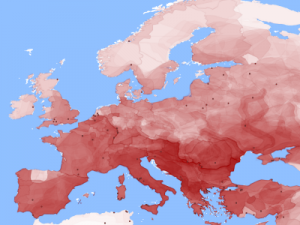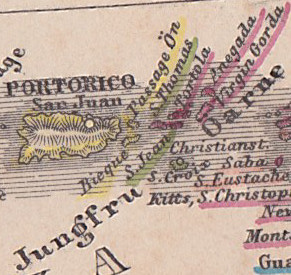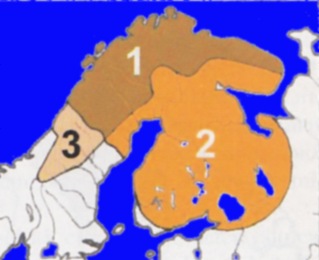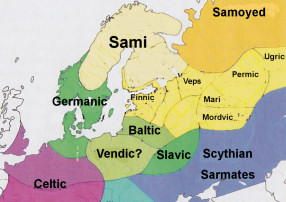I bough the other day Kielikello, a magazine of language use in Finnish. There was an interesting news about a new portal with Swedish placenames that was opened recently.
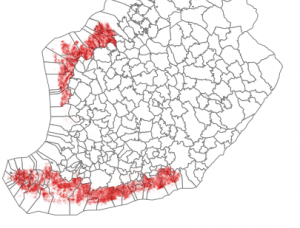 That reminded me of the fact that National Land Survey of Finland has released their geoinformation as open source. Not much later I downloaded the placename data of all Finnish topographic (1:25,000) maps.
That reminded me of the fact that National Land Survey of Finland has released their geoinformation as open source. Not much later I downloaded the placename data of all Finnish topographic (1:25,000) maps.
From the dataset with 2 Million names, I extracted the Swedish names and put them on map. Not surprisingly the Swedish placenames are located in the same area where Swedish is spoken in Finland; the coastal areas in south and west. These are marked in red on the map.
My plan is to later add the possibility to drill down in the map and let users check different kinds of names; house names, lake names, to name a few.
References:
- Kielikello Magazine: http://www.kielikello.fi/
- Swedish placenames: http://kaino.kotus.fi/svenskaortnamn/
- National Land Survey of Finland: http://www.maanmittauslaitos.fi/en
- Map of Swedish dialects in Finland


